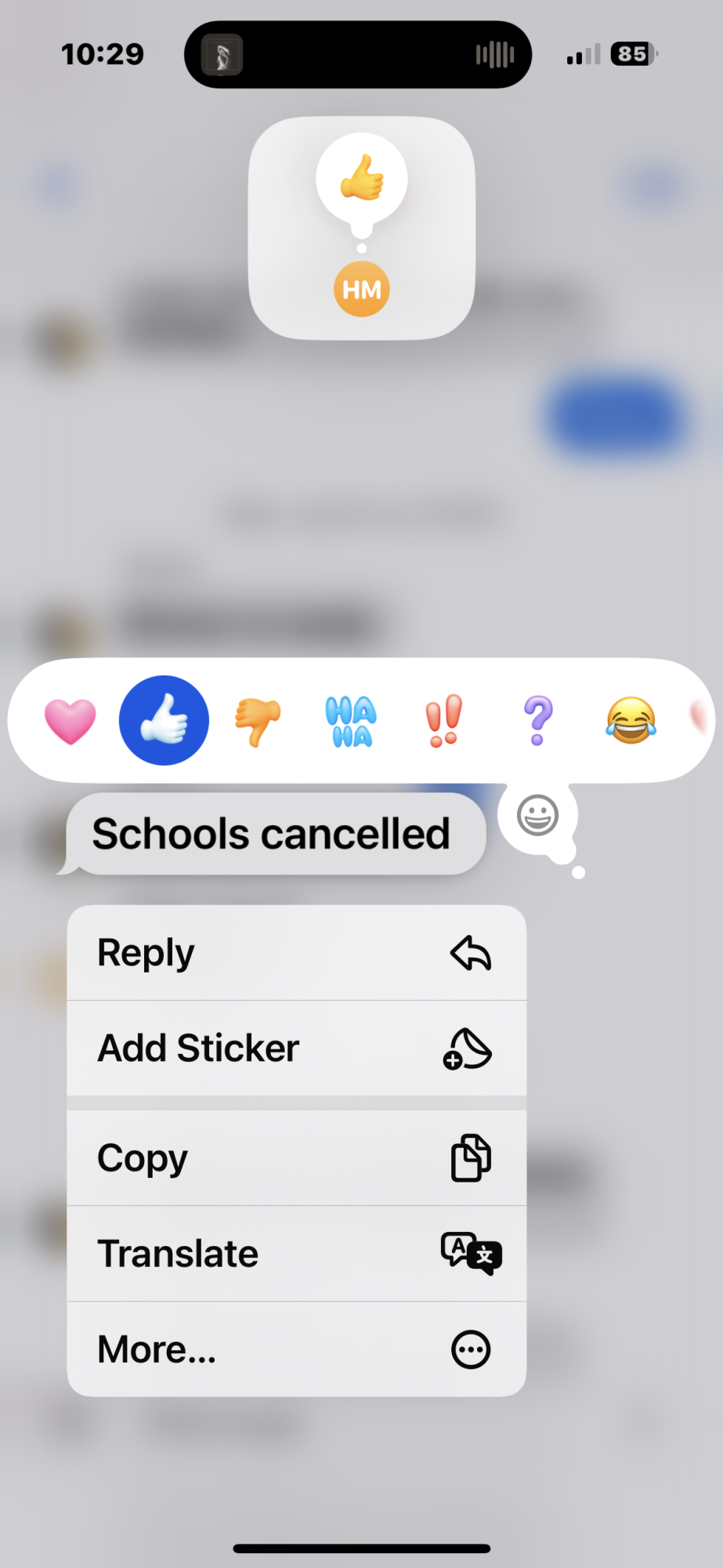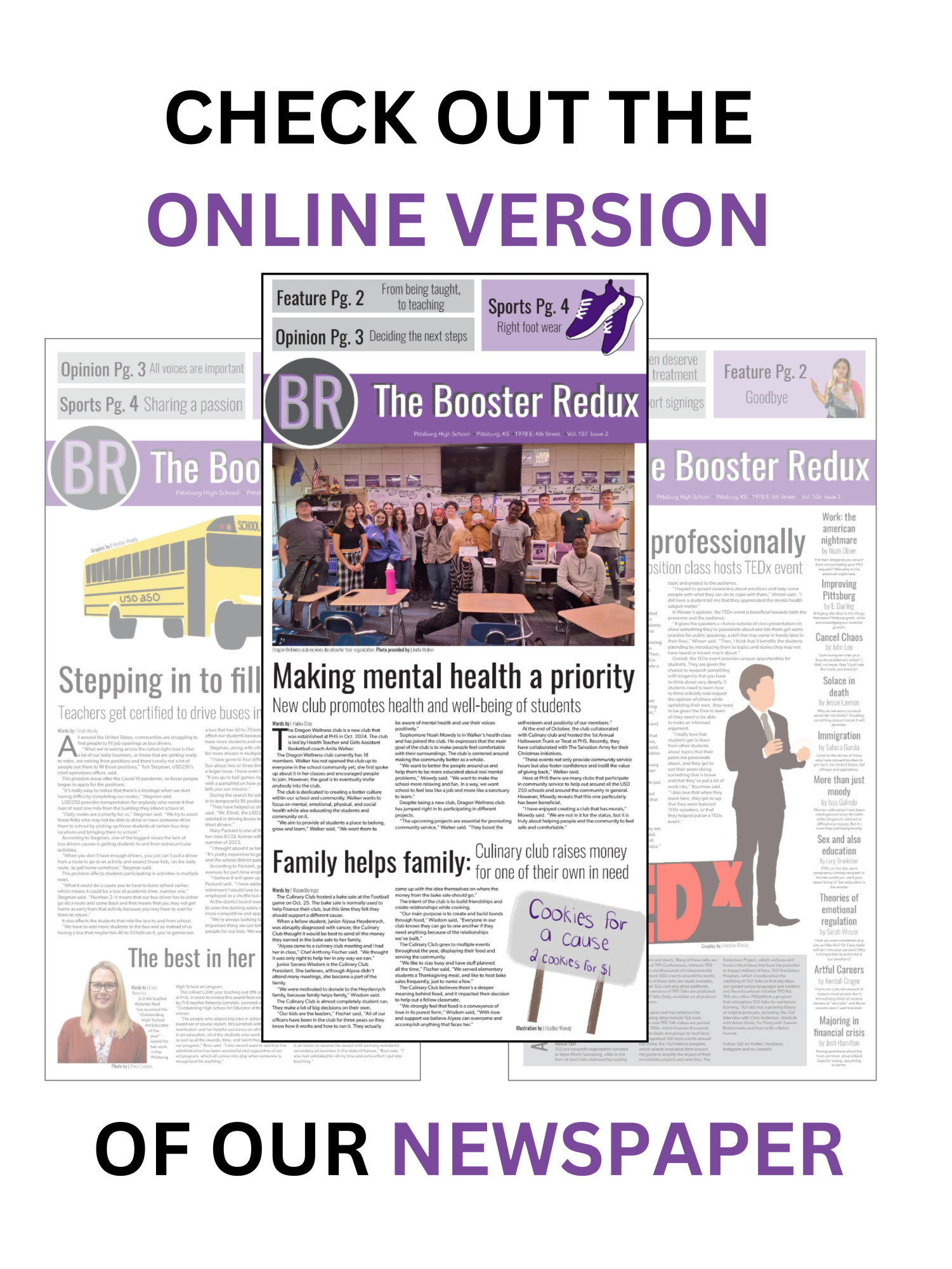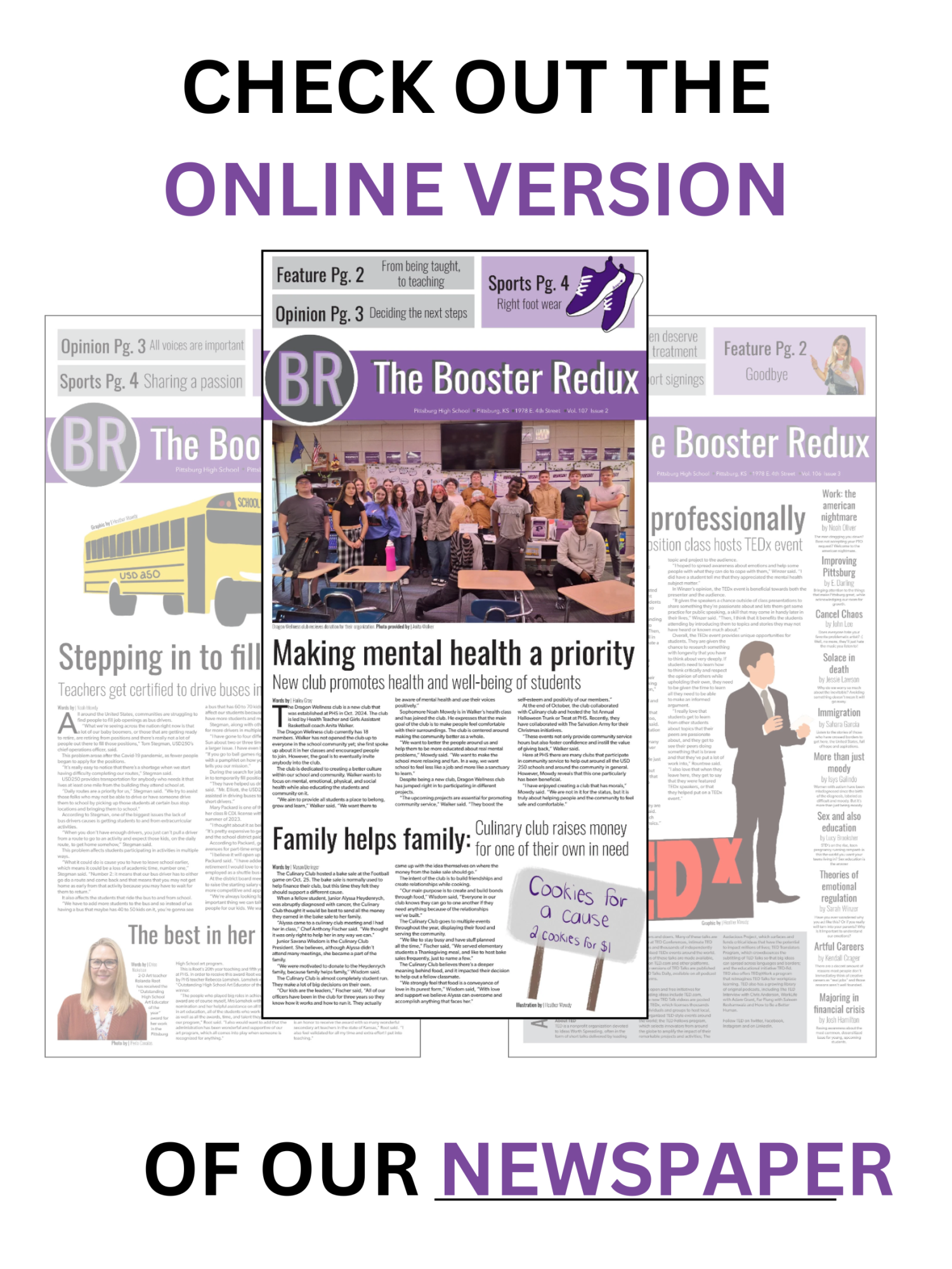A paperless route to future problems: why digital isn’t always better
December 10, 2019
At this point in every school year, teachers and students alike scramble to make up for lost work and juggle remaining assignments and end-of-semester tests. The only difference with these particular past school years, as opposed to previous years, is that instead of dramatically shoving your paper into the tray or folder to get those extra points, it’s a race against the clock to click a submit button from a computer screen.
As PHS pushes a switch to become paperless, the very nature in which students complete and turn in assignments is being drastically altered. This paperless route we find ourselves speeding towards may be efficient in the short term but is it really the best solution in the long run?
Think about this, what is the one thing parents and teachers always circle back to at home and in the classroom? Phones. Specifically, the damage the blue light and distraction does to our bodies. But when teachers put assignments on Canvas or assign work that must be done on a Chromebook, are they not putting more screens in front of us? This simple contradiction shows the fundamental misunderstanding when it comes to modern problems.
People are not taking into account the effects one problem solution could inadvertently have on furthering another problem.
As more and more businesses and companies make the switch to paperless, you have to wonder what effects this will have on some of today’s other problems. While I do agree that reducing the amount of paper we use will reduce the number of trees we consume and consequently have a positive impact on our global warming crisis, I do not think going paperless is the most effective solution in the long run. For global warming to be impacted for any steady amount of time, we must start at the root of the problem: carbon dioxide emissions. If we continue to produce the same amount of CO2, no solution will have any effect for long.
Resorting to screens for our assignments instead of paper may just feed another of society’s biggest problems: screen time. Not to mention the fact that going paperless may just be the start to an entirely new way of life.
Amazon has started replacing some of the workers on their shipping floor with machines and robots programmed to complete human tasks. These robots take the place of an actual human and are putting people out of their jobs. We are seeing examples of robots replacing employees all over the world, from fast food ordering machines to robotic surgeons.
All of these may be good things for efficiency and cost, but they are very bad for the people whose jobs they are taking, which could one day be everyone. Going paperless is only contributing to our dependency on machines and screens instead of physical objects and people.
When you click the submit button on screen, and your teacher inputs a grade in PowerSchool, the human interaction that has accompanied teacher-student relationships for decades is eliminated.
PHS may believe that inputting Chromebook carts onto every nook and cranny will help impact Global Warming and be more cost-efficient, but the administration has overlooked several key facts and contradictions that will drastically affect the world we see today.
One school going paperless may not seem like a big deal in the grand scheme of things, but when paired with the other hundreds of thousands of businesses who are already taking that same route, the impact is catastrophic to our future and current lifestyles.

























